6. Colombia Freshwater (Cubic Kilometre): 2,132
Colombia, a South American country known for its vibrant culture, rich history, and stunning landscapes, is also one of the top 10 countries in the world with abundant freshwater resources. With a total freshwater volume of 2,132 cubic kilometers, Colombia is ranked sixth on the list, just behind China and ahead of the European Union.
The country’s freshwater resources are mainly derived from its extensive network of rivers, with the Magdalena River being the largest and most important. Other significant rivers include the Cauca, Caquetá, and Putumayo. In addition to rivers, Colombia’s freshwater resources also come from its numerous lagoons, wetlands, and groundwater sources.
The abundance of freshwater in Colombia not only supports the country’s diverse ecosystems but also sustains its agricultural sector, which is a crucial part of its economy. Agriculture accounts for about 6% of Colombia’s GDP and employs over 16% of its population, making it a vital source of income for many Colombians.
However, despite the country’s significant freshwater resources, Colombia is not immune to water-related challenges. Rapid population growth, industrialization, and urbanization have put a strain on the country’s water resources, leading to issues such as water scarcity, pollution, and inadequate access to safe drinking water in some areas.
To address these challenges, the Colombian government has implemented various policies and initiatives aimed at promoting sustainable water management practices and protecting its freshwater resources. These include increasing investments in water infrastructure, promoting water conservation and efficiency measures, and implementing regulations to prevent water pollution.
Overall, Colombia’s abundant freshwater resources play a vital role in sustaining its economy, environment, and people. With continued efforts to promote sustainable water management practices, the country can ensure that its freshwater resources remain healthy and accessible for generations to come.
7. European Union Freshwater (Cubic Kilometre): 2,057
The European Union (EU) is home to some of the most beautiful and iconic bodies of water in the world, including the Danube, Rhine, and Volga rivers. But did you know that the EU also boasts significant freshwater resources? With a total freshwater volume of 2,057 cubic kilometers, the EU ranks seventh on the list of top countries with freshwater resources.
The EU’s freshwater resources are spread across its 27 member states, with the largest reserves found in Sweden, Finland, and Norway. These three countries alone account for almost half of the EU’s freshwater volume. The EU’s other member states, including Germany, France, and Spain, also contribute significantly to the region’s freshwater resources.
The EU’s freshwater resources are not only important for the region’s ecosystem and biodiversity, but they also play a crucial role in supporting various industries such as agriculture, tourism, and transportation. The EU has implemented various policies and regulations to ensure the sustainable use of its freshwater resources, including the EU Water Framework Directive, which aims to protect and improve the quality of the region’s freshwater bodies.
Despite its abundant freshwater resources, the EU faces several challenges, including water pollution, water scarcity, and climate change. The region has experienced severe droughts in recent years, which have led to water shortages and the depletion of groundwater resources. The EU is working towards addressing these challenges and ensuring the sustainable management of its freshwater resources for future generations.
In conclusion, the European Union’s freshwater resources are an essential part of the region’s natural heritage and economy. While the EU faces various challenges in managing its freshwater resources sustainably, it continues to prioritize its protection and improvement through policies and regulations.
8. Indonesia Freshwater (Cubic Kilometre): 2,019
Indonesia is a country located in Southeast Asia, known for its stunning landscapes, diverse cultures, and rich biodiversity. But did you know that Indonesia is also one of the top 10 countries with the highest freshwater resources in the world? With a total freshwater volume of 2,019 cubic kilometers, Indonesia is blessed with a plentiful supply of water that supports its growing population and various economic activities.
Indonesia’s freshwater resources are primarily derived from its numerous rivers, lakes, and groundwater reserves. The country has more than 5,000 rivers, with the longest one being the Kapuas River in West Kalimantan. Lakes also play a crucial role in Indonesia’s freshwater ecosystem, with Lake Toba in North Sumatra being the largest volcanic lake in the world. Moreover, Indonesia’s groundwater reserves are found throughout the archipelago, providing a vital source of water for agriculture, industry, and domestic use.
The abundance of freshwater resources in Indonesia plays a crucial role in supporting the country’s economy. The agricultural sector, for instance, is heavily reliant on water resources for irrigation, with rice being the staple food of the majority of the population. Indonesia is also one of the world’s leading producers of palm oil, rubber, and cocoa, which require large amounts of water for their cultivation. The manufacturing sector, on the other hand, utilizes water as a key input in various industrial processes.
Despite Indonesia’s ample freshwater resources, the country still faces several challenges related to water management. The increasing demand for water due to population growth and economic development has put pressure on the country’s water supply, leading to issues such as water scarcity, pollution, and degradation of freshwater ecosystems. Additionally, the impacts of climate change, such as extreme weather events and rising sea levels, threaten to exacerbate these challenges further.
To address these challenges, the Indonesian government has implemented various policies and programs aimed at promoting sustainable water management practices. These include measures to improve irrigation systems, protect water sources, and enhance water quality. The government has also promoted public awareness campaigns and community-based initiatives to encourage individuals to conserve water and protect freshwater ecosystems.
In conclusion, Indonesia’s freshwater resources are a valuable asset that supports the country’s economy and sustains its people’s livelihoods. However, the country faces significant challenges related to water management, which require ongoing efforts to ensure the sustainability and resilience of its water resources for future generations.
9. Peru Freshwater (Cubic Kilometre): 1,913
Peru is one of the countries in South America that boasts a vast reserve of freshwater resources. The country’s freshwater reserves stand at 1,913 cubic kilometers, making it the ninth country in the world with the largest freshwater resources. These resources are found in the Amazon River basin, which covers most of the country and serves as the primary source of freshwater.
The Amazon River is one of the world’s largest rivers, with a length of approximately 6,400 kilometers, of which about 60% is in Peru. The river runs through several countries, including Brazil, Colombia, Ecuador, and Peru. It serves as the primary source of fresh water for millions of people living in the Amazon River basin. The river is also home to various fish species, including the piranha, which has gained notoriety for its sharp teeth and aggressive behavior.
Peru’s freshwater resources are also vital for the country’s agricultural sector, which is a significant contributor to the country’s economy. The fertile soils in the Amazon River basin provide ideal conditions for farming, which supports the growth of crops such as coffee, cocoa, and bananas. The river’s tributaries also provide irrigation water for crops grown in arid regions of the country.
However, Peru’s freshwater resources face several challenges, including pollution from mining activities, agricultural runoff, and untreated wastewater. These issues threaten the quality of freshwater, which could have adverse effects on the environment and human health.
To address these challenges, the Peruvian government has implemented various policies aimed at protecting freshwater resources. These policies include regulating mining activities to reduce pollution and investing in wastewater treatment infrastructure. The government also promotes sustainable farming practices to reduce agricultural runoff and preserve the quality of freshwater resources.
In conclusion, Peru is a country with vast freshwater resources, primarily found in the Amazon River basin. These resources are crucial for the country’s economy, agricultural sector, and the millions of people who depend on the Amazon River for their daily water needs. However, challenges such as pollution and untreated wastewater threaten the quality of freshwater, necessitating the government’s intervention to safeguard these resources for future generations.
10. India Freshwater (Cubic Kilometre): 1,911
India is the seventh-largest country in the world by land area, and it has a large population of over 1.3 billion people. With a growing population, India’s freshwater resources are under increasing pressure. Despite this, India is still home to some of the world’s largest freshwater sources, including the Ganges and Brahmaputra river systems.
The total amount of freshwater available in India is estimated to be around 1,911 cubic kilometers, which ranks it as the 10th country with the highest freshwater resources. However, while India has significant freshwater resources, it is also facing numerous challenges when it comes to managing them effectively.
One of the biggest challenges facing India’s freshwater resources is pollution. The rapid pace of industrialization and urbanization in the country has led to increased pollution of rivers, lakes, and groundwater resources. This has not only made it more difficult for people to access safe and clean water but has also had a negative impact on the environment.
Another major challenge facing India’s freshwater resources is climate change. As global temperatures rise, it is expected that India will experience more frequent and severe droughts, which could further strain the country’s already limited water resources.
Despite these challenges, there are efforts underway in India to better manage and conserve freshwater resources. For example, the government has launched several initiatives to improve water quality and increase access to safe drinking water. Additionally, there are numerous non-governmental organizations working to promote sustainable water management practices and increase awareness about the importance of preserving India’s freshwater resources.
In conclusion, while India may not have the largest freshwater resources in the world, it still has a significant amount of water available. However, given the numerous challenges facing the country, it is important that efforts continue to be made to protect and conserve these valuable resources for future generations.
Read also: Beth Ehlers Net Worth and Biography 2023 | The Life of a Talented Actress
Conclusion
In conclusion, water is a vital resource for human survival and economic development. The distribution of freshwater resources around the world is not uniform, with some countries being relatively water-rich while others are facing water scarcity. The top 10 countries with freshwater resources are Brazil, Russia, the United States of America, Canada, China, Colombia, the European Union, Indonesia, Peru, and India, with each country having its unique water management challenges.
It is crucial to acknowledge the importance of sustainable water management practices to ensure that future generations have access to this essential resource. Governments, businesses, and individuals must work together to promote water conservation, implement efficient irrigation systems, and reduce water pollution.
Pakistan, it is a water-stressed country with a high level of water scarcity. The country needs to focus on improving its water management strategies, increasing water storage capacity, promoting water conservation, and investing in infrastructure to reduce water wastage.
Overall, the issue of water scarcity and management is a global challenge that requires collective efforts to ensure the availability of water resources for all.

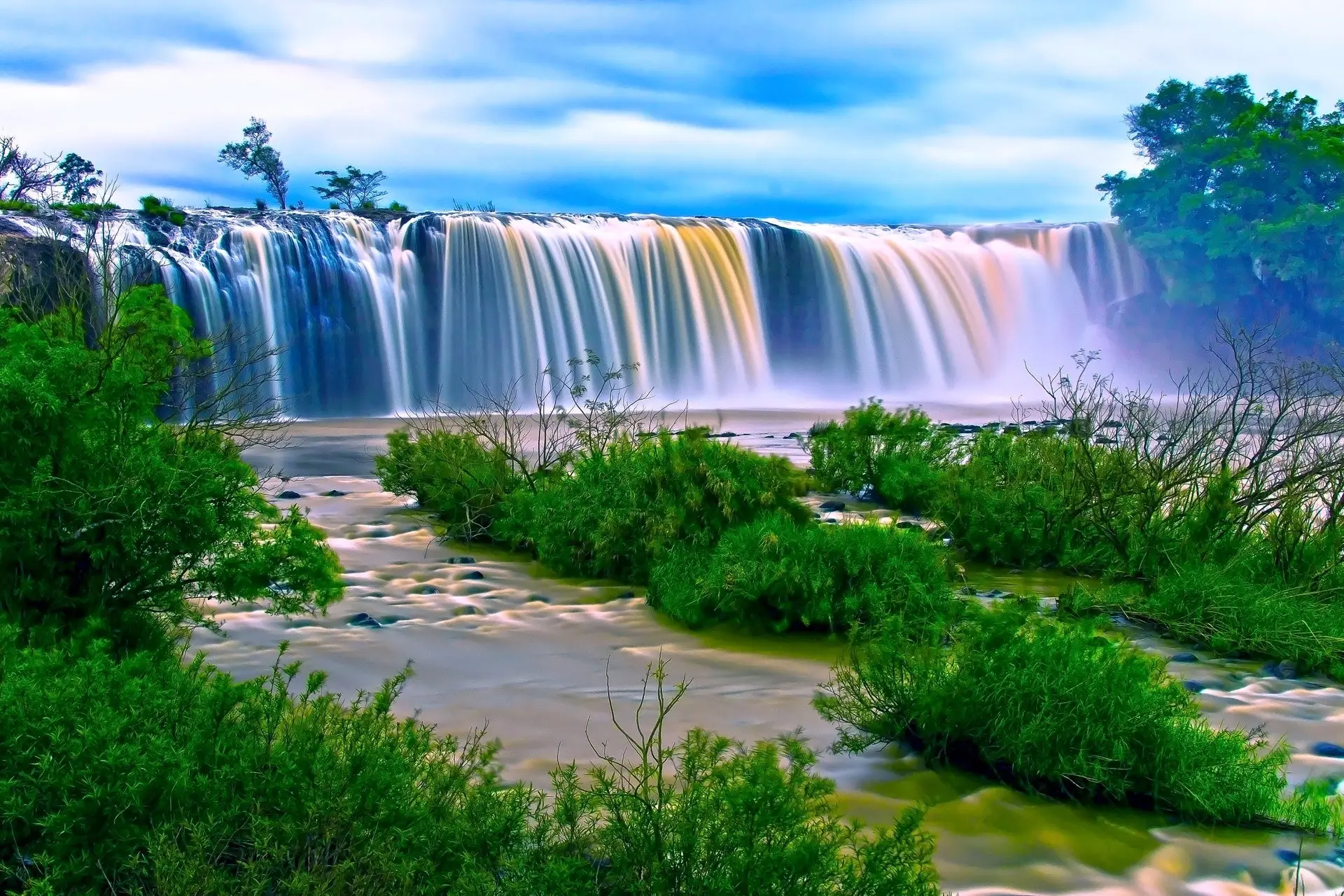

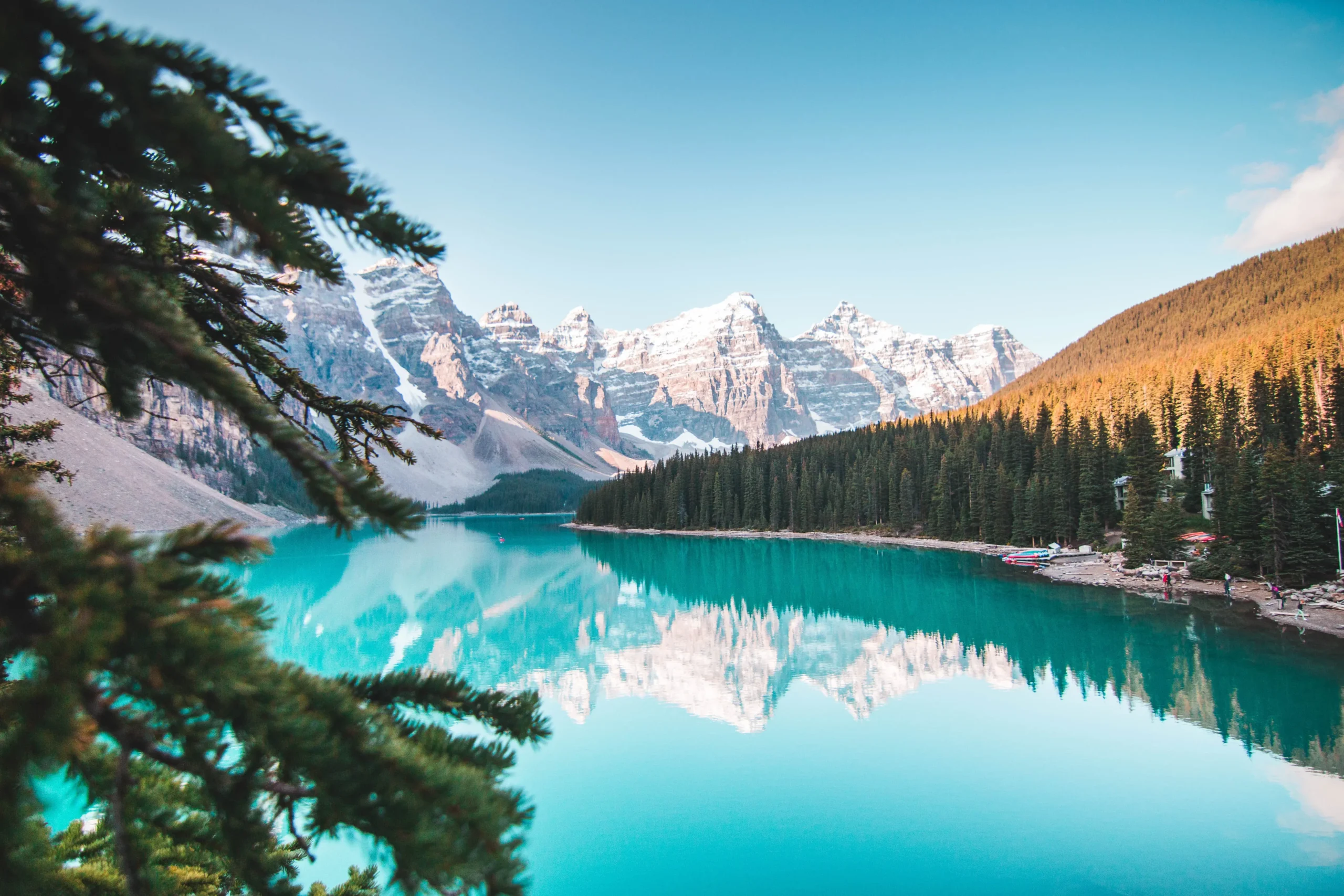

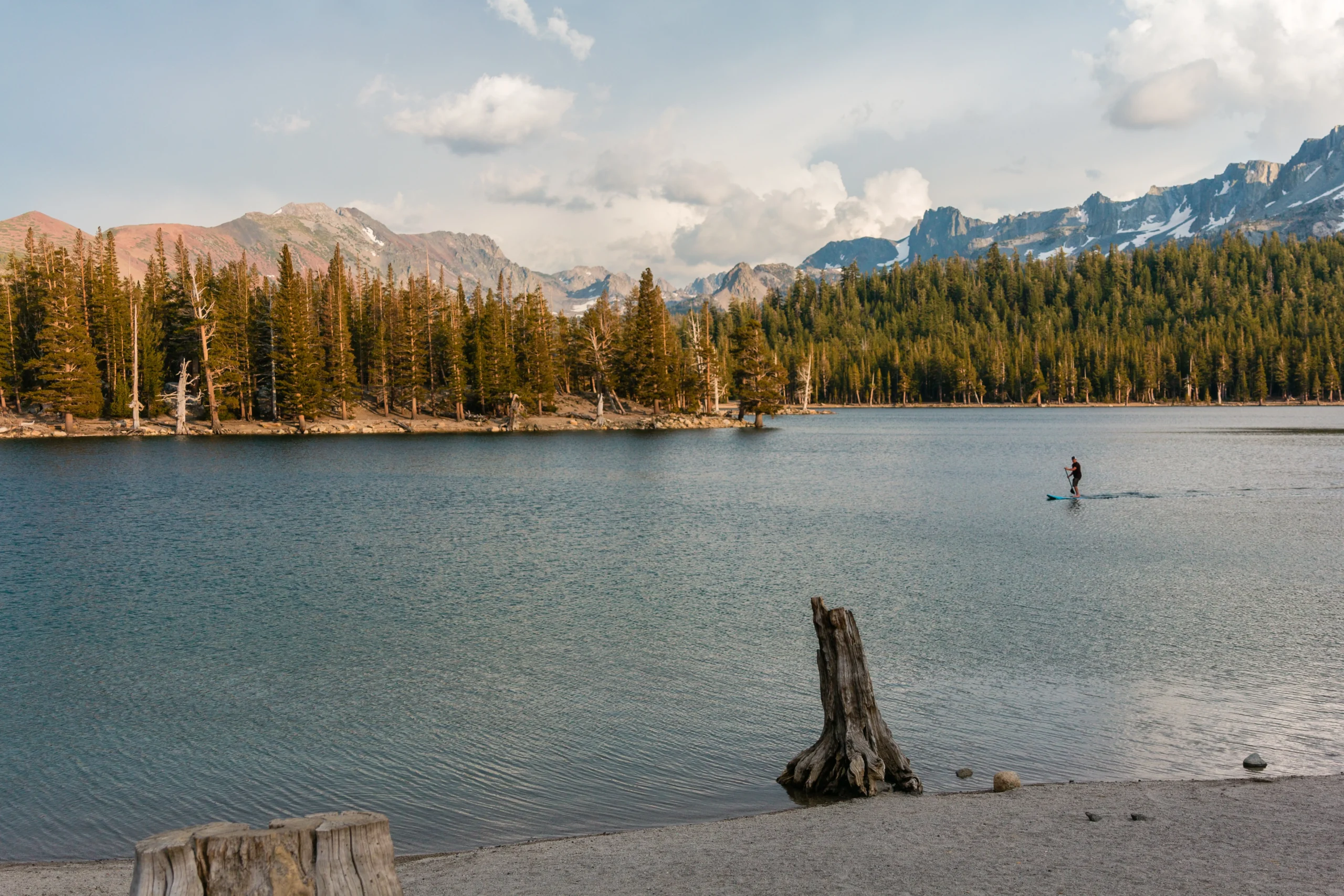


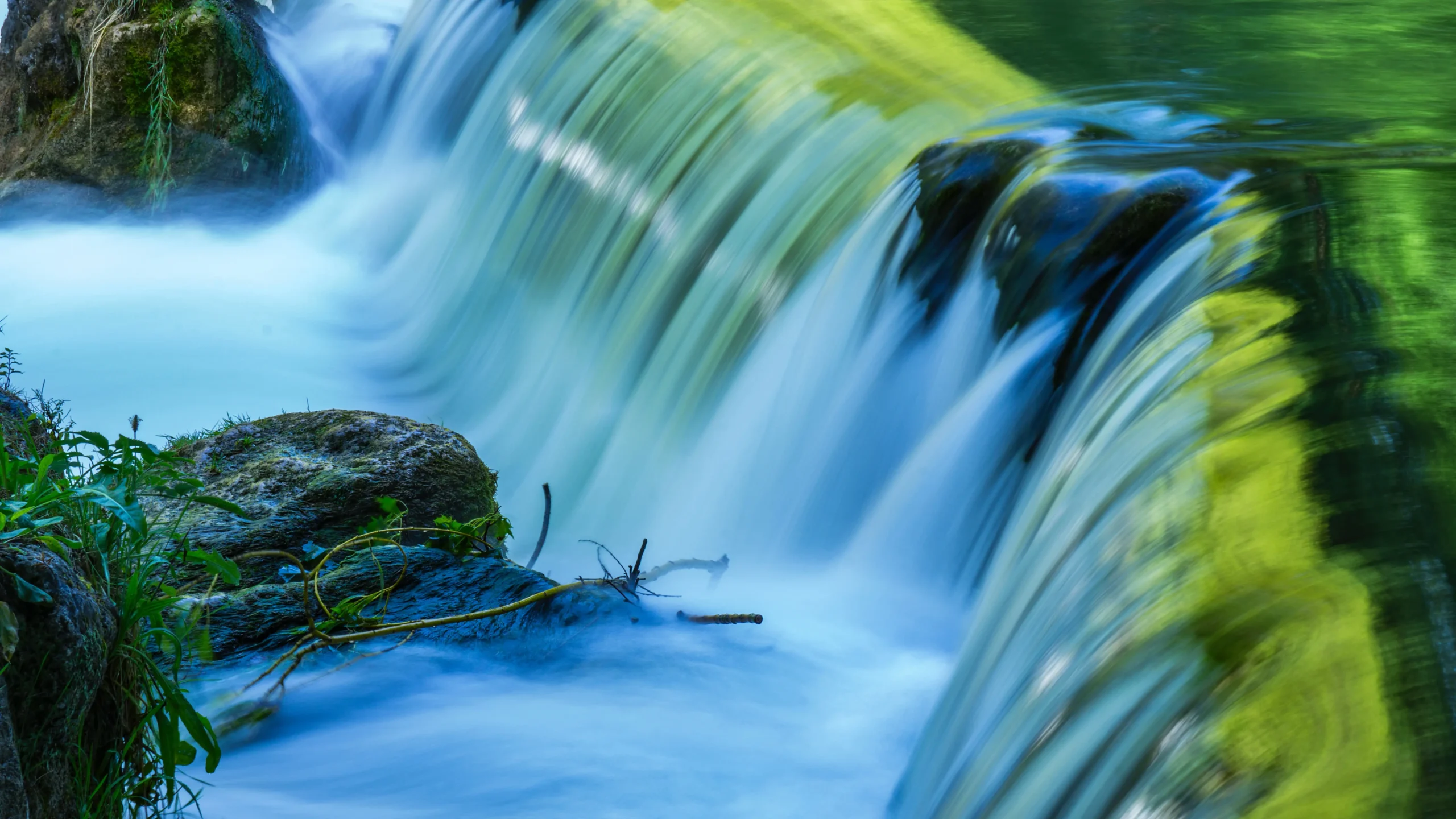
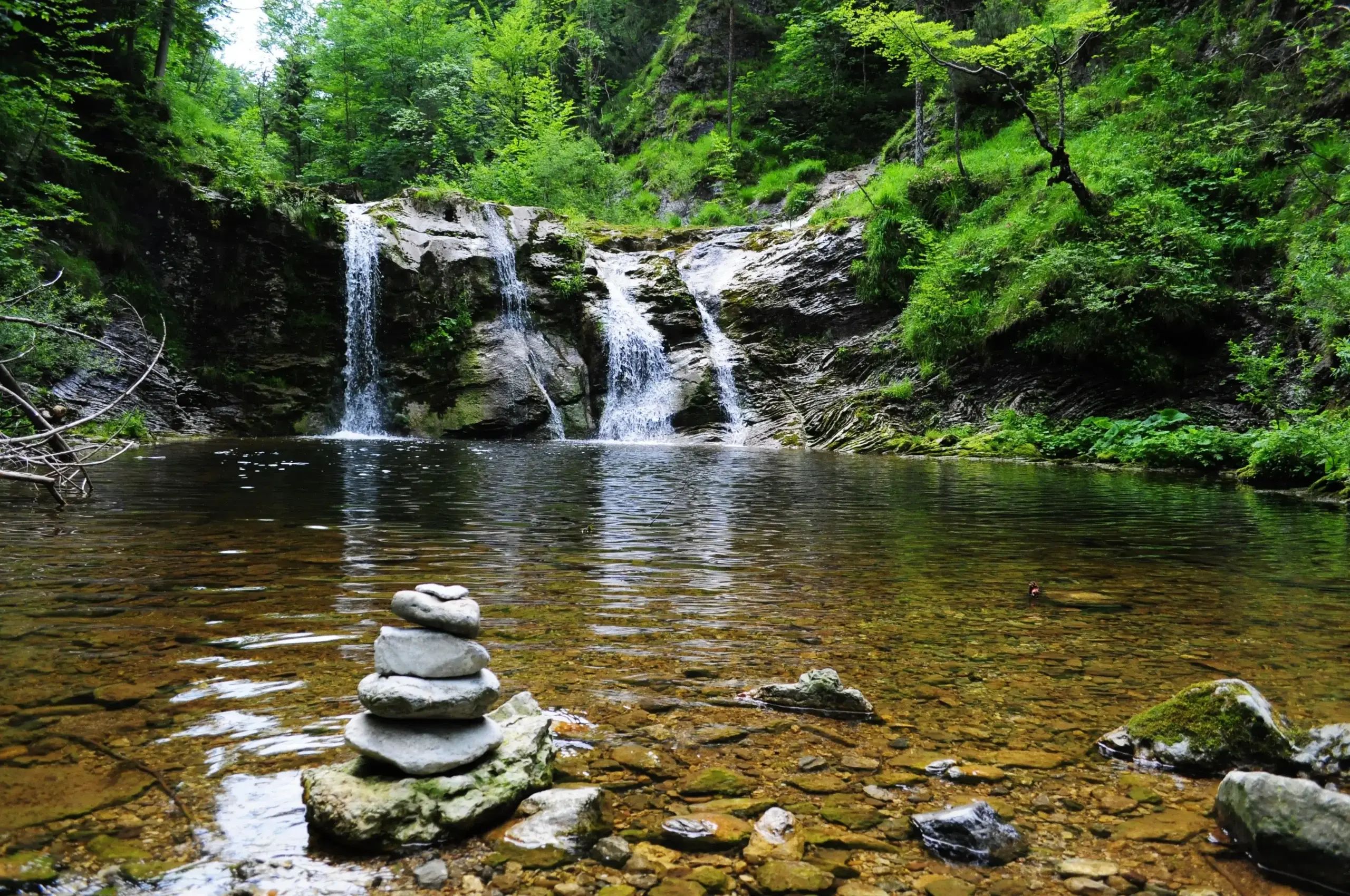
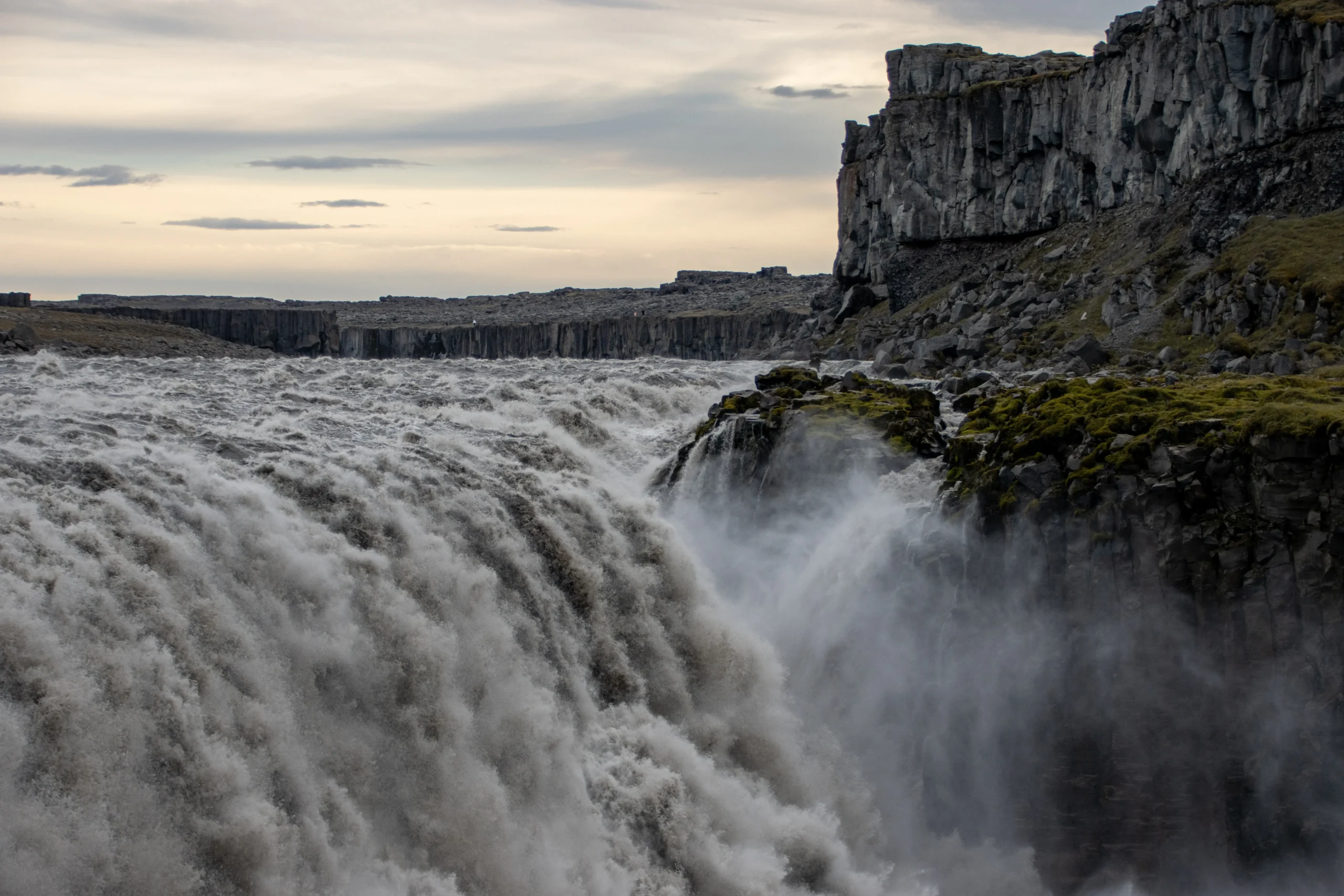

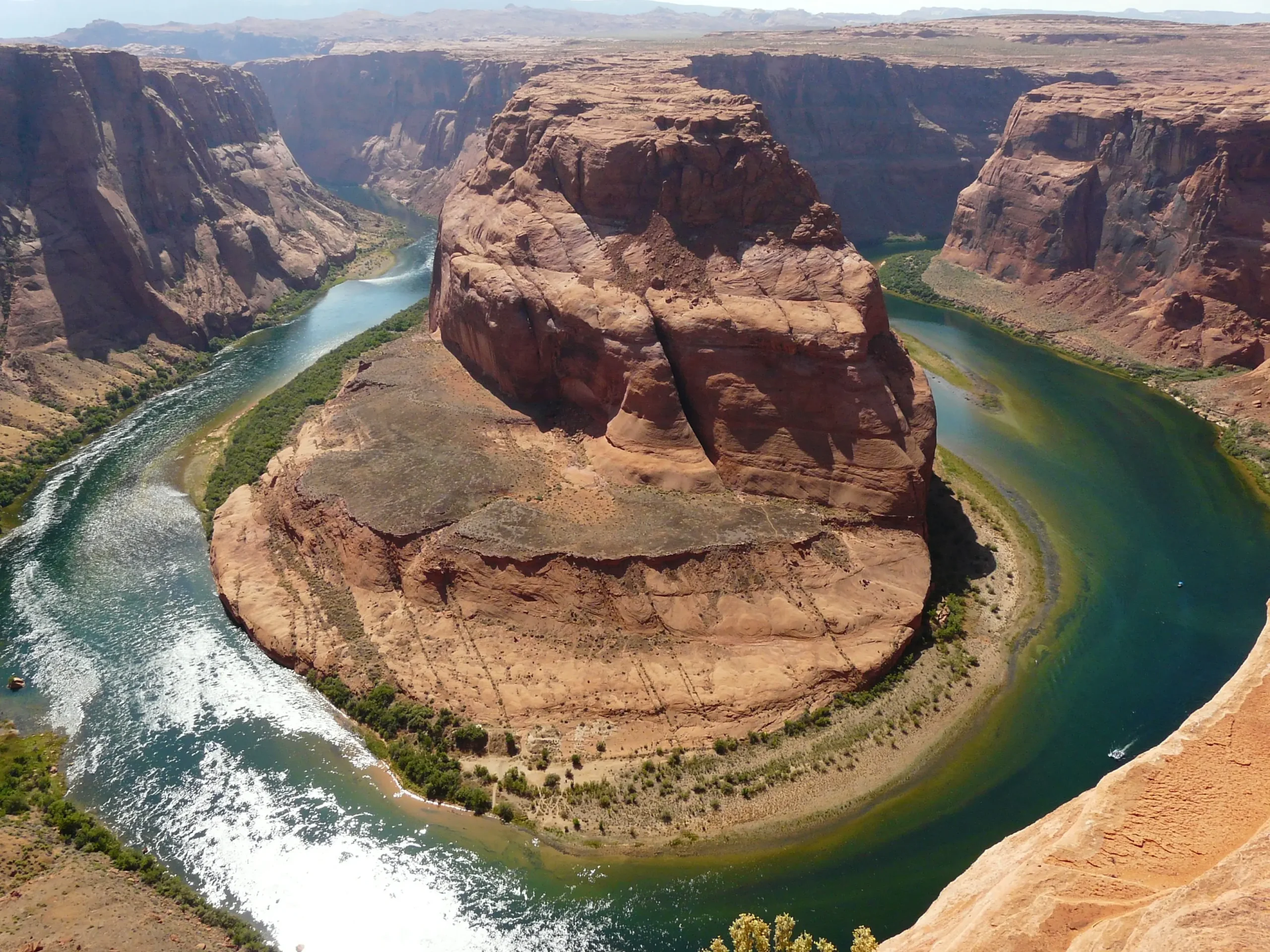










+ There are no comments
Add yours